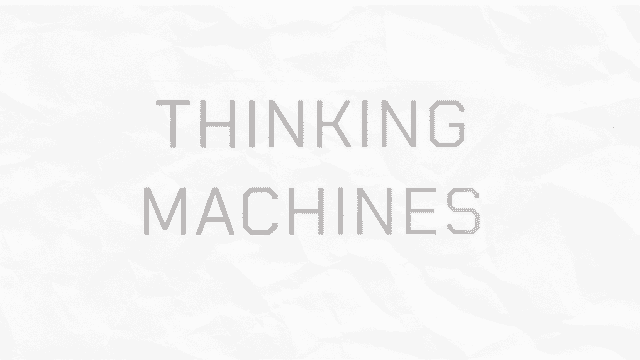Mira Murati, a former OpenAI CTO, has launched what she suggests is the first offering of her AI-based startup, which marks the first time she has taken the step of leaving the leadership role in OpenAI to develop a new company.
This venture is the Mira Murati AI startup known as Thinking Machines Lab, and its initial product is called Tinker and is to give researchers and developers an option to train big language models (LLMs) in a more accessible manner.
A New Product Called “Tinker”
The initial AI product launch is called Tinker and is a flexible Application Programming Interface (API) inviting the fine-tuning of AI models.
Tinker provides its users with the ability to manage their datasets and algorithms, thereby leaving the technical responsibility of distributed training to the back-end infrastructure.
In essence, this means that concerned researchers/developers have an easier time experimenting with customizing AI models, tweaking them to suit their needs or performance, without the need to face all of the complexity.
The Startup Behind It
In February 2025, Murati established Thinking Machines Lab, and the company is organized as a public benefit company.
Murati has hired about 30 researchers and engineers, most of whom have worked in top companies, such as OpenAI, Meta, and Mistral, among others.
Its leadership consists of Barret Zoph (former OpenAI CTO), who is the CTO of Thinking Machines, and John Schulman, OpenAI cofounder, who is the chief scientist.
Recent advisory services by AI veterans such as Bob McGrew and Alec Radford are other actions taken by the firm.
Big Funding & High Valuation
Massive investor attention came to the startup even before the product was launched. It has already raised a seed round of $2 billion, led by Andreessen Horowitz, with a post-money valuation of $12billion.
This qualifies it to be among the biggest seed rounds in Silicon Valley at this point of growth.
Funders demonstrate confidence by a number of leading detectors, among which are chip giants such as Nvidia and AMD and various other prominent investors.
Why Tinker Matters
- Democratizing Model Customization Tinker wants to bring AI model tuning to a broader audience including smaller labs or startups without massive compute resources. Users have the freedom of using the API and being in control of the data and objectives instead of having to construct everything on their own.
- Open-Source Prophecy Transparency Murati has assured that the product will be characterized by a large open-source element, which would also contribute to innovation and trust towards the AI community.
- Large-scale turnaround on established model hegemony Many state of the art AI models remain proprietary. Providing a highly open, user-controlled tool, Murati makes Thinking Machines a value contra positively opposed to closed model ecosystems.
Challenges & What to Watch
Despite the fact that Tinker is a promising enterprise, it enters into a rather competitive environment.
Already, the large ecosystems are established by OpenAI, Anthropic, and Google DeepMind. Thinking Machines will depend on the success of:
Tinker scales performance
Researcher and developer communities are adopting it.
Good governance to reduce the abuse of AI tools.
Finding middle ground between safety and openness.
Also, the open source promise is appealing, but the company will have to deal with risks associated with the exploitation of models and smart, responsible use.
Final Word
The transformation of Mira Murati, the executive of OpenAI, into the foundation of AI is becoming a daring new phase in AI technology.
Already her AI company, Thinking Machines Lab, has shocked with its first-selling product, Tinker, which has the potential of transforming the way developers tailor models.
Well funded, star players, and a big outlook this startup is uniquely positioned; it has to perform in a bloodthirsty AI world.
It is not only a milestone for Murati but also for the wider circles of AI, which opens potentials at the prospects of accessibility, ethics, and an even greater lineage of model evolution.


